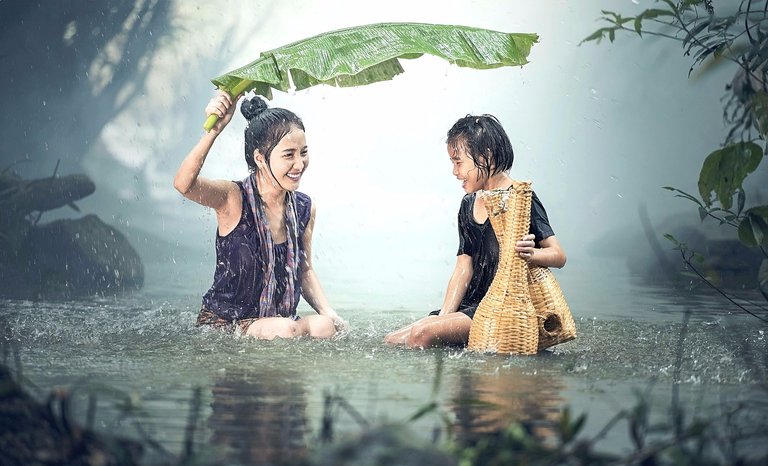A pond is a body of standing water, either natural or artificial, that is usually smaller than a lake. They may arise naturally in floodplains as part of a river system, or they may be somewhat isolated depressions (examples include vernal pools and prairie potholes). Usually they contain shallow water with marsh and aquatic plants and animals.

The type of life in a pond is generally determined by a combination of factors including water level regime (particularly depth and duration of flooding) and nutrient levels, but other factors may also be important, including presence or absence of shading by trees, presence or absence of streams, effects of grazing animals, and salinity.
Ponds are frequently human-constructed. In the countryside farmers and villagers dig a pond in their backyard or increase the depth of an existing pond by removing layers of mud during summer season. A wide variety of artificial bodies of water are classified as ponds. Some ponds are created specifically for habitat restoration, including water treatment. Others, like water gardens, water features and koi ponds are designed for aesthetic ornamentation as landscape or architectural features. Fish ponds are designed for commercial fish breeding, and solar ponds designed to store thermal energy. Standing bodies of water such as puddles, ponds, and lakes are often categorized separately from flowing water courses, such as brooks, creeks, streams or rivers. Nutrient levels and water quality in ponds can be controlled through natural process such as algal growth, or through artificial filtration, such as an algae scrubber.
Thank You,
Hi! I am a robot. I just upvoted you! I found similar content that readers might be interested in:
https://www.revolvy.com/main/index.php?s=Pond